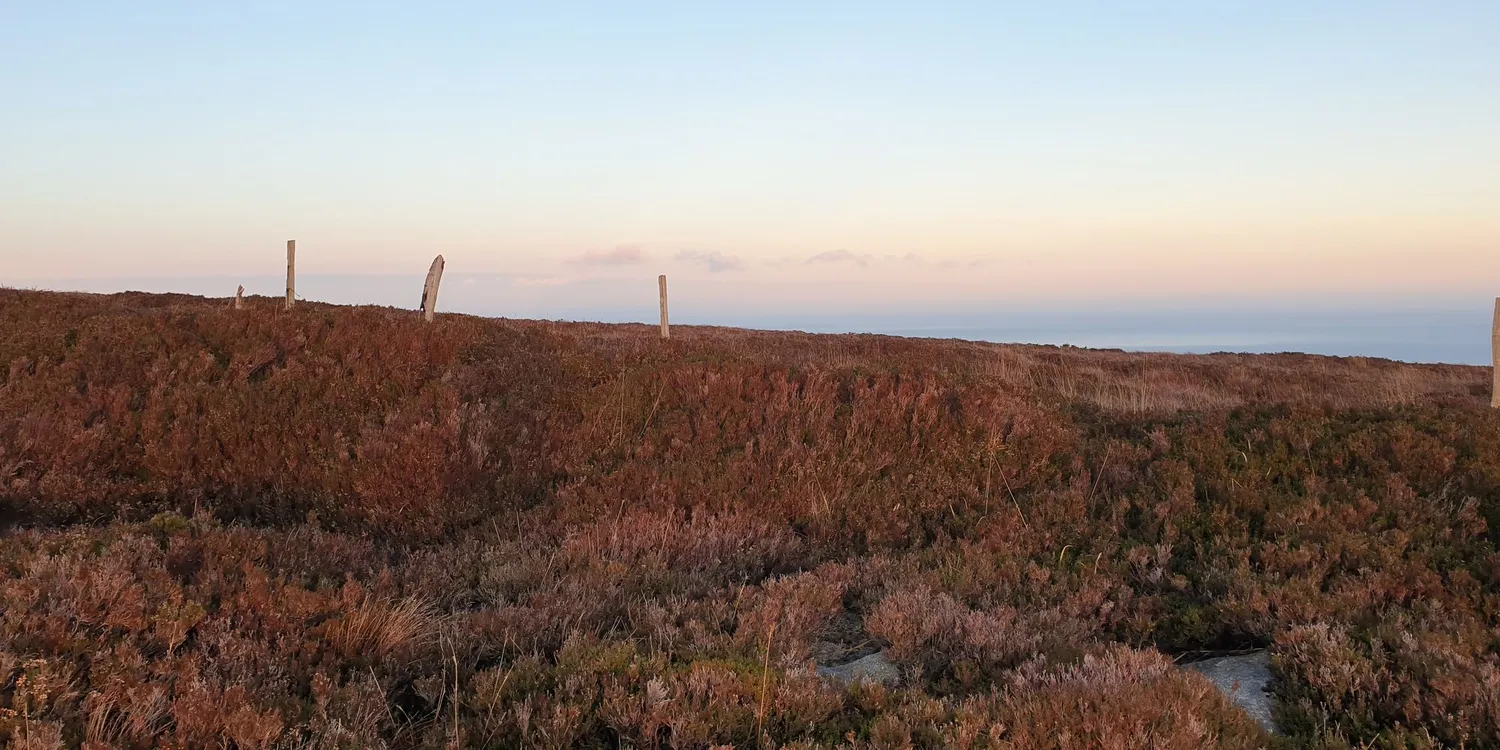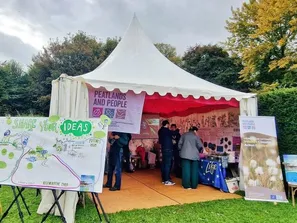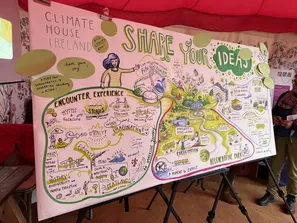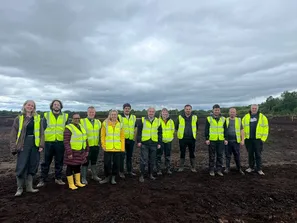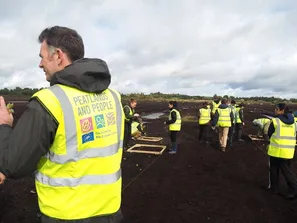28 Mar 2025
The ASPEN project is an EPA-funded project that is working to enhance our knowledge base of nitrous oxide (N2O) emissions from a range of peatland ecosystems. The project is assessing emissions from a range of sites including near-natural raised bogs, agricultural peatlands under grassland management and former industrial extraction sites that are undergoing rehabilitation.
This is a collaborative project between researchers at Teagasc, Trinity College Dublin, Bord na Mona and the National Parks and Wildlife Service. Researchers at Teagasc, Prof Owen Fenton and Dr Wenxuan Shi, are focussing on emissions from agricultural sites and Dr Matthew Saunders, from Trinity College Dublin is working on the near-natural and peatland rehabilitation emissions dynamics.
Figure 1 shows the experimental set-up at a grass-based nutrient poor site in the midlands of Ireland. Here an auto-chamber system has been deployed that uses multiple chambers and runs continuously, to assess the emission profile associated with changing hydrology (deep and shallow water table), and different nitrogen inputs such as fertiliser and both cattle and sheep urine.
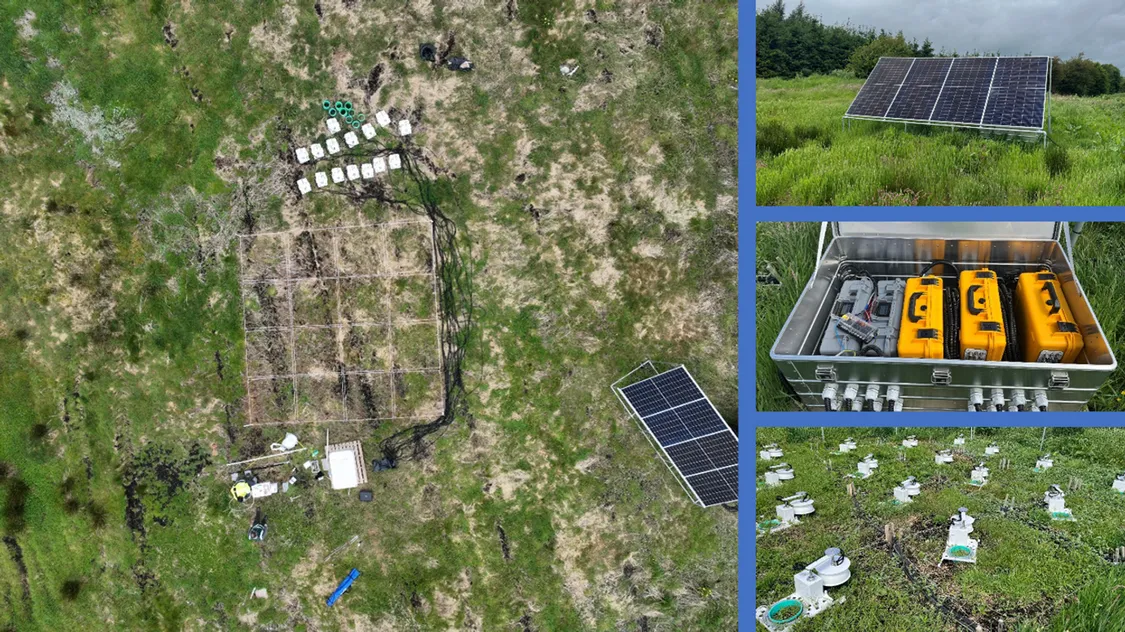
Figure 1. The experimental set-up at a nutrient poor peat-based grassland (Photo credit Dr Wenxuan Shi).
Initial outputs from this work have been used to quantify how much nitrogen leaves the ecosystem in the form of N2O, and this information can be used to determine the emission factor (EF) for these systems. This is important as EFs are used at the national scale to report GHG emissions following the guidelines of the Intergovernmental Panel on Climate Change (IPCC). Here, if country-specific data is not available, default EF values are used. The ASPEN project has provided further insight here, as the initial outputs indicate that cumulative emissions and associated EFs vary with drainage and water status and are lower than the default values set by the IPCC. However, for some nitrogen inputs the EFs are higher, highlighting opportunities to reduce N2O losses from these systems. In addition, this work has shown that both the water table depth and volumetric water content are important variables in the production and emission of N2O under baseline, control conditions.
The research at the near-natural and rehabilitation sites has focused on assessing emissions from key vegetation communities and associated ecotopes within these systems. This work uses the same analytical approach as the agricultural work but in a portable configuration to regularly measure N2O emissions from permanently installed collars (Figure 2).
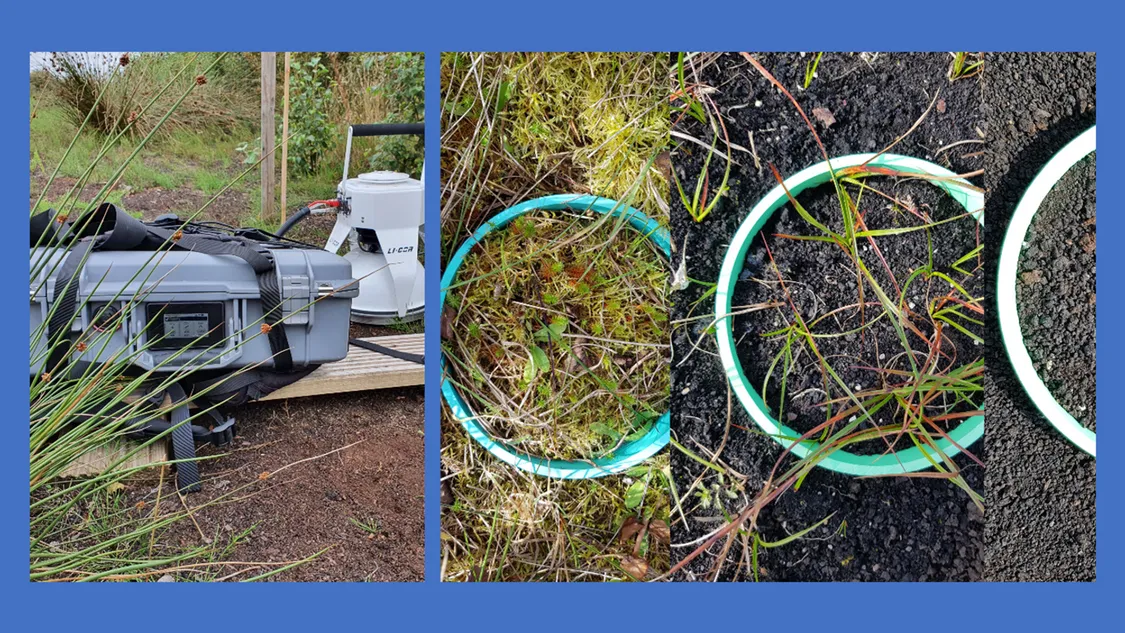
Figure 2. Trace gas measurements made using the portable analyser across a range of vegetation communities and bare peat and the near-natural a rehabilitation sites.
Initial outputs from this work indicate that emission rates are low, ranging from 0 to 0.2 nmol N2O m-2 s-1 across all sites. There is some evidence of slightly higher emissions from bare peat in comparison to vegetated areas. Future work will further investigate the impacts of climate and the seasonal cycles on N2O emission rates.
